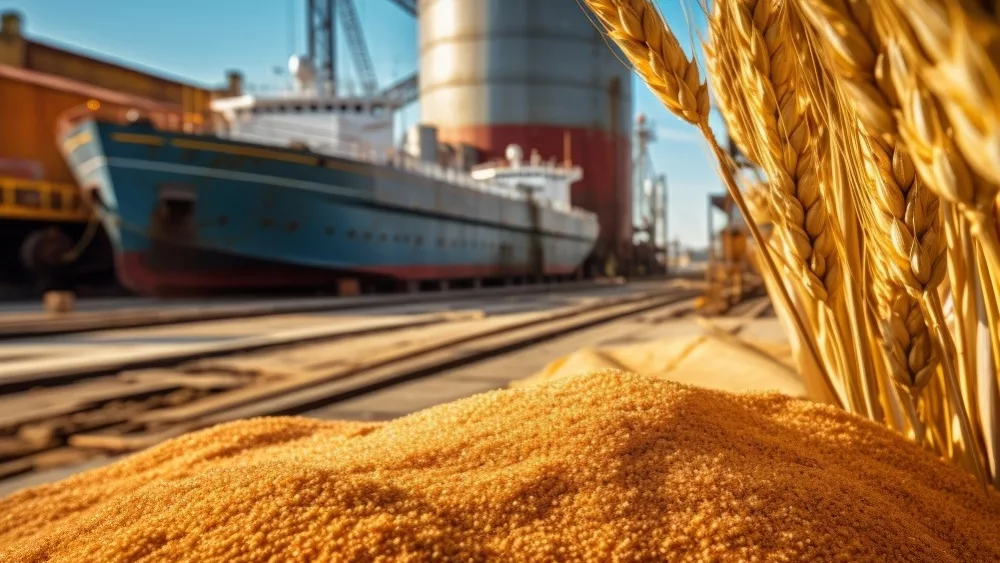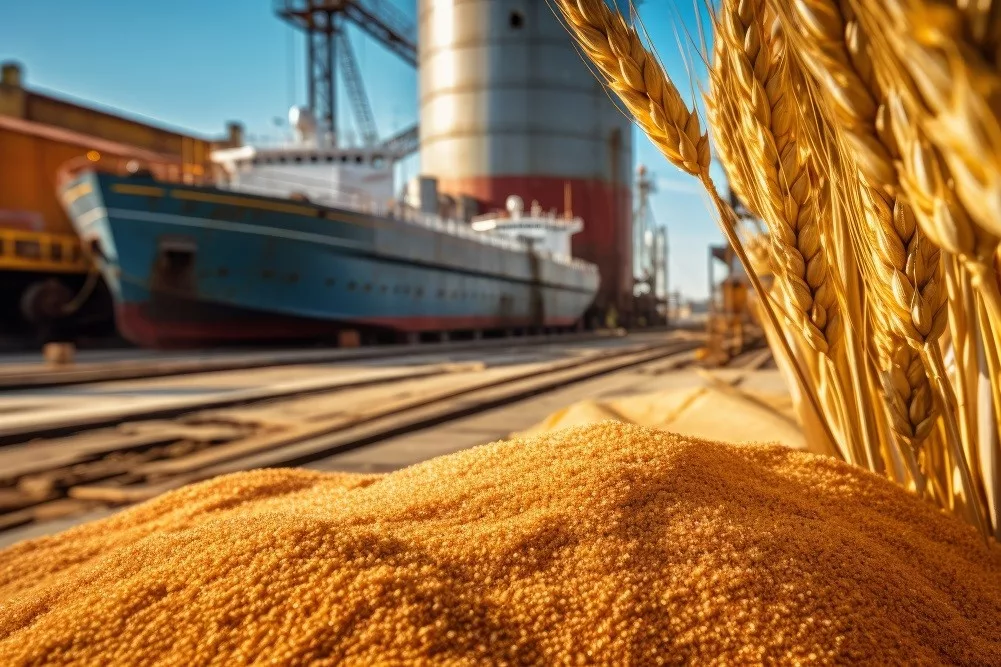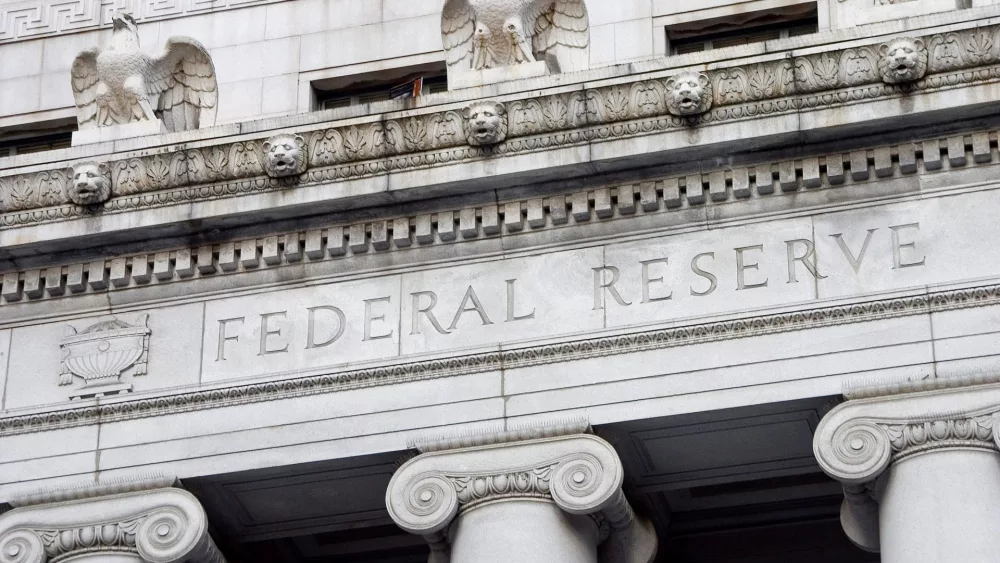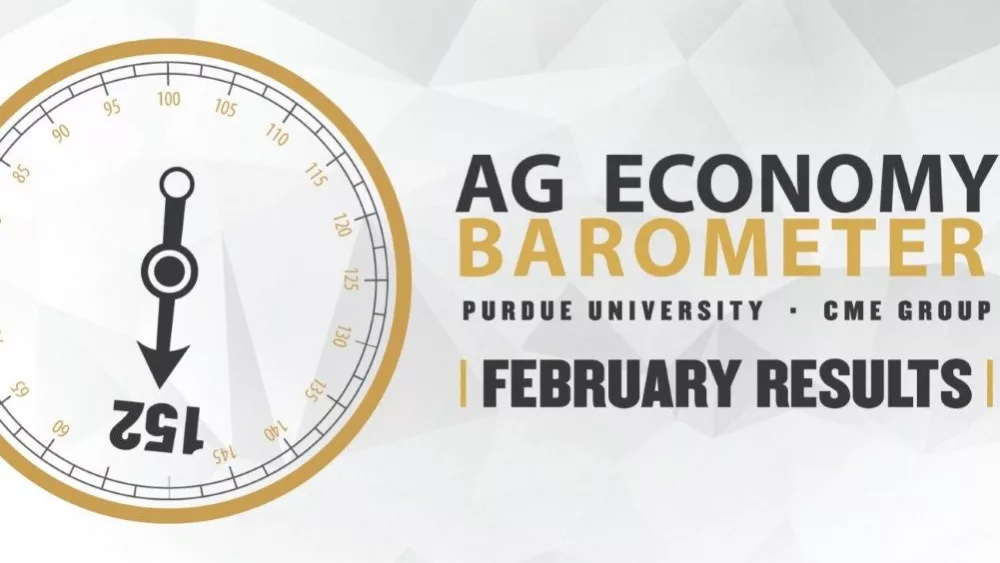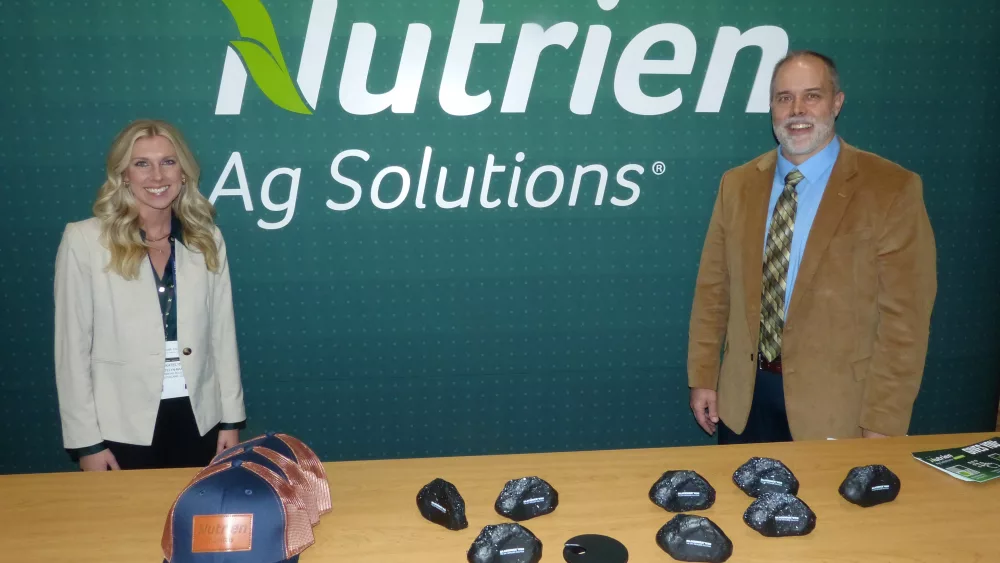As more Indiana farmers and ag businesses are shipping their ag products overseas, there have been concerns about making sure those products actually get to their destination. That’s why ag leaders are looking at ways to ensure that our ag products are shipped safely around the world.
Ag leaders discussed rebuilding export markets and overseas demand for U.S. agricultural goods during a recent panel discussion at the Ag and Food Policy Summit held earlier this week in Washington, D.C.
Dan Halstrom, President and CEO of the U.S. Meat Export Federation (USMEF), said that higher shipping rates and logistical challenges around the world are concerning for all industries, not just agriculture. He used the example of pirate activity by Houthi rebels causing shipping uncertainty in the Red Sea.
“These sorts of [events], they seem one off, but they’re really not. Those of us international world, we know that these vessels don’t just go to the Red Sea, they’re going around the world. So, what you’re doing is you’re adding more cost, more time, more inputs, higher across the board,” he said. “So, the more these conflicts happen or continue to happen, the higher the cost of logistics and freight will be.”
Agricultural exports are heading down from a post-pandemic peak as experts deal with international complications that can stunt export growth or, sometimes, stop exports altogether. According to USDA, the value of U.S. agricultural exports peaked in fiscal year 2022 but declined in 2023. In 2023, the total export value was $178.7 billion, which was $17 billion less than in 2022.
Kam Quarles, CEO of the National Potato Council, said the international issues are “tremendously complicated.”
“No single individual, no single entity is going to solve these. We have to have good coordination amongst all of the various agencies, all of the great people in the foreign service, working in posts around the world,” Quarles said. “You’ve got to have strong collaboration with all of our industry folks and our technical partners to get these things right. Sometimes it literally takes decades. We’ve seen that, but ultimately, it’s worth it when you can move the needle in that significant way.”
Halstrom said the U.S. Meat Export Federation is “extremely optimistic” for export markets and overseas demand in the future.
“I have always looked at it this way: that the more success we have, the more issues that come up. So, all the more reason that we have to be aligned as industries. I’m not just talking beef and pork,” he said. “I’m talking agriculture. Agriculture is the backbone of the American economy. And I think with the folks in this room, on this panel, with FAS, USTR, USDA, we’re well equipped to handle the challenge.”

